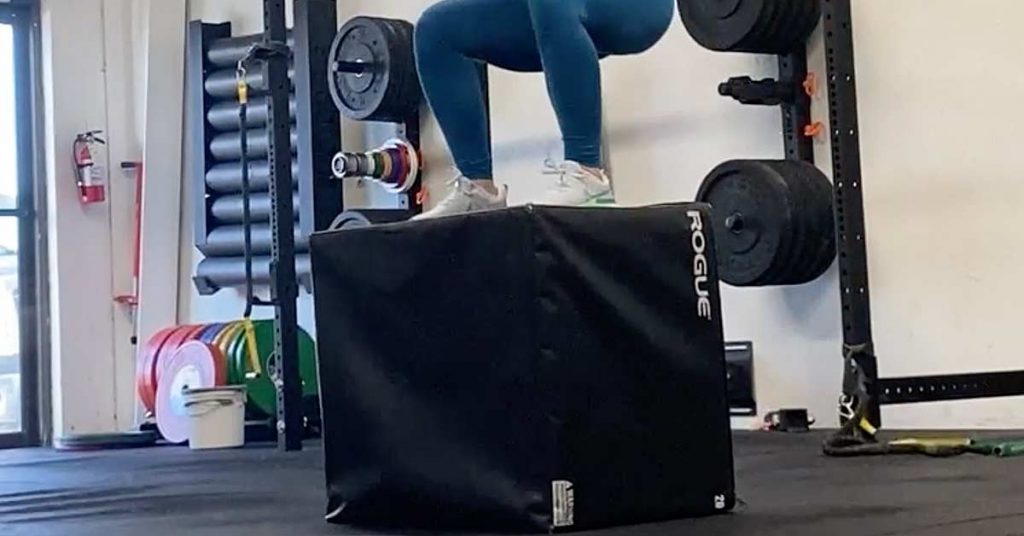
When SimpliFaster asked me to contribute to their new “What I’ve added/What I’ve dropped” series, I was very interested. I know the clickbait these days is to take an “expert” (someone who has been correct three times in a row) and ask where they were wrong or what has stayed with them over a period of time. But I am going to put my own twist on this and discuss an exercise that I know is good…one that I don’t use often enough but should.
The Jerk Jump
Tony Holler always asks, “What are some exercises that good sprinters are good at, and slow sprinters are not good at performing?” So simply, an exercise that can indicate if someone is fast.
Single-leg isometric strength is always a start, but another one is what I call a jerk jump. A jerk jump is where an athlete pushes their butt backward while keeping a rigid spine and quickly explodes their hips forward, resulting in propulsion in the air. Ideally, the hamstrings are the muscle group that creates that propulsion. An athlete who lacks spinal co-contraction strength (or rigidity) will allow the spine to curve or even extend the body.
The funny thing about watching people exercise for 30 years is you start to notice the smaller things. For example, you start to recognize compensation patterns.
In most cases, an athlete who cannot control their spine will often use the spine to drive because that is the first extensor in the chain. And if that gets the job done, we never really get to the power muscles of the hip and thigh. This lack of stiffness will come out in their gait pattern as well: they will have a bob to their gait and, again, can never stabilize. This is why I am overly cautious about using a back squat as a general strength developer for my younger athletes. Far too often, I see athletes who are uncomfortable with a bar on their back use their spine to initiate the movement of the bar.
Anyway, the jerk jump is a great basic exercise where we can teach that spinal stabilization. A good starting point would be:
- Have your athlete stand one foot length away from a wall.
- Grab a PVC pipe to hold along their spine so they can feel how much their spine curves when they push their butt back to the wall.
It is easy to coach, because the spine will look like the St. Louis Arch under the pipe when they reach back. They will feel the abs doing much of the work once they get the movement down. Really focus on the thoracic and cervical areas. The next stage would be arms crossed and then arms straight overhead. Then, increase the velocity at which the movement happens.
Once at a good speed, put one foot on the wall. Or steal from John Pryor’s SPP app or Frans Bosch’s FBS app—add a water bag and a twist. (Quick hint for the older coaches out there: Life gets better with improved thoracic mobility. Add in some mid trap work with some RPR and feel 20 again.)
After you can control and stabilize the spine, you can add the jump aspect to the exercise. Once loaded in the back position, athletes should thrust their hips far forward and use that thrust to propel their body up at a 45-degree angle. The better an athlete gets at the exercise, the faster they can push back and snap up.
It is the fast pre-stretch of the hamstrings that I am looking for to develop that snap. The exercise will eventually lead to a single-leg jerk jump (although I’ve never felt my athletes were ready for that move). My really fast guys, sub 10.7, were jumping up to a 36-inch box. My slow guys couldn’t even keep their spine in place.
Why did I get away from the exercise? Good question.
For one, it is hard for me to measure: I can’t do straight Just Jump mat testing for height, and for distance it becomes more of a broad jump. I get leery when we start chasing numbers and throw form out the window. Anyway, I hope some of you can give me some good ideas on how I can do a better job with this great exercise.
[“source=simplifaster”]







